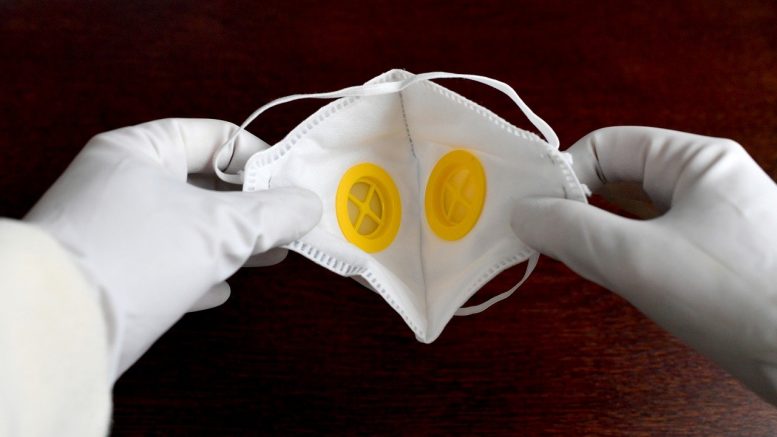On November 25, the U.S. Food and Drug Administration (FDA) issued guidance on the use of dry heat to help support the single-user reuse of certain particulate filtering facepiece respirators (FFRs), such as N95 respirators, by health care personnel when there is a limited supply of respirators during the COVID-19 public health emergency.
“There exists sufficient evidence demonstrating that there is a reduction of microbial load on certain respirators when exposed to certain dry heat parameters. Bioburden reduction systems can play an important role in the ongoing efforts to help address shortages of FFRs,” said Dr. Binita Ashar, Director of the Division of Surgical Devices in FDA’s Center for Devices and Radiological Health.
“Today’s guidance is another example of how FDA is working to address critical shortages in personal protective equipment and help protect health care personnel during the COVID-19 public health emergency.”
Dry Heat For Certain Respirators
This guidance provides the FDA’s thinking and recommendations regarding the use of bioburden reduction systems that use dry heat to reduce the bioburden, or amount of microorganisms present, on certain respirators for reuse by a single user.
“This policy is intended to remain in effect only for the duration of the public health emergency related to COVID-19 declared by the Secretary of Health and Human Services (HHS) on January 31, 2020, effective January 27, 2020, including any renewals made by the HHS Secretary in accordance with section 319(a) of the Public Health Service Act,” – the FDA said.
Under this policy, the FDA would be intending to object to the use of certain dry heat systems for the purpose of reducing bioburden and supporting single-user reuse of otherwise disposable FFRs that are compatible with dry heat bioburden reduction systems without marketing authorization.
“Manufacturers should follow the system settings for bioburden reduction—such as temperature and time—and labeling recommended in this guidance, and also follow existing CDC reuse recommendations, such as storing the respirator in a breathable paper bag for a minimum of five days between each use and limiting the number of wears to no more than five per respirator,” – was said in the article.
Emergency Use Authorizations
Also, the FDA has issued emergency use authorizations (EUAs) for certain decontamination systems for decontaminating compatible FFRs, and has issued guidance to provide recommendations for sponsors requesting EUAs for decontamination and bioburden reduction systems for surgical masks and respirators.
This policy applies to bioburden reduction of FFRs that do not have exhalation valves, do not incorporate a duck-bill design, and do not contain antimicrobial/antiviral agents and that 1) have been FDA-cleared, or 2) have been FDA-authorized under the EUA for CDC’s National Institute for Occupational Safety and Health (NIOSH)-approved FFRs, or 3) have been FDA-authorized under the EUA for imported, non-NIOSH-approved FFRs that are not manufactured in China.
“Given this public health emergency, and as discussed in the Notice in the Federal Register of March 25, 2020, titled “Process for Making Available Guidance Documents Related to Coronavirus Disease 2019,” this guidance is being implemented without prior public comment because FDA has determined that prior public participation for this guidance is not feasible or appropriate. This guidance document is being implemented immediately, but it remains subject to comment in accordance with the Agency’s good guidance practices,” – Association commented.





Be the first to comment on "FDA’s Policy On Dry Heat For Respirators Re-Use"